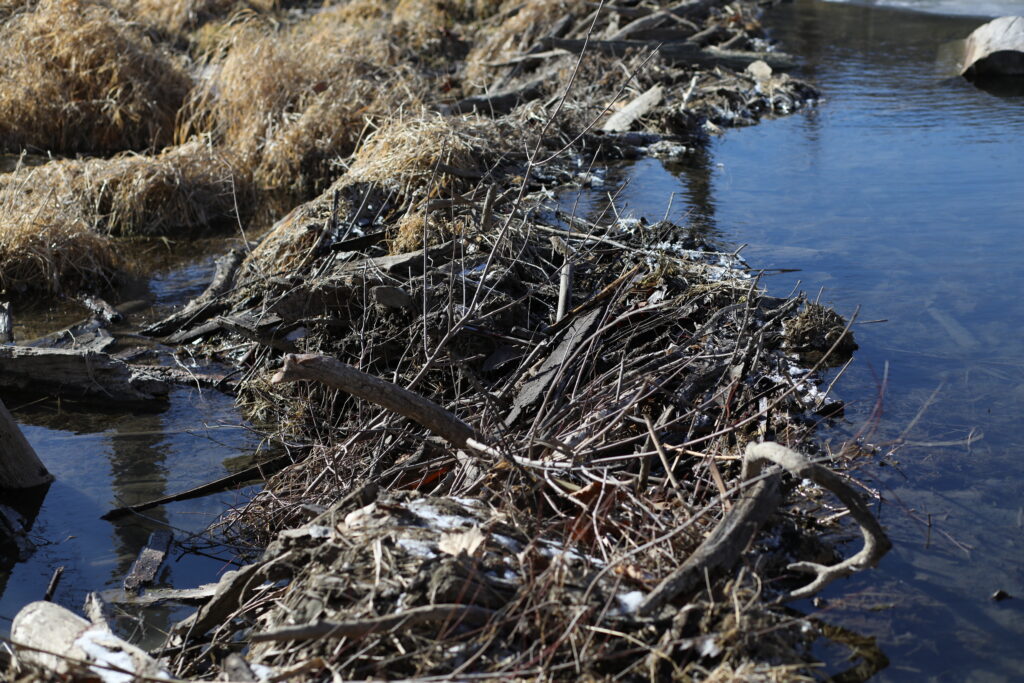Adapting to the Flow: Changes to Fontenelle Forest’s Floodplains
If you’ve recently hiked the Fontenelle Forest’s Wetlands, you likely have noticed several areas that are now completely dry. Fontenelle Forest’s Wetlands is just a small section (approximately 700 acres) of a 2,000-acre floodplain along the Missouri River that is constantly changing, especially as it continues to recover from flooding in 2019.

The photo of the currently dry Great Marsh. Photo by Fred McCaslin.
Below are some of the contributing factors to the changes we’re seeing:
- Beavers have built dams to the north of Gifford Road, which has reduced the flow of water south into the South Stream and Great Marsh. Beaver activity is likely what caused the quickest and most dramatic changes to the Wetlands this spring and summer.
- The culverts beneath the railroad tracks can get clogged, blocking proper water flow into the floodplain.
- The hydrology of the floodplain depends on soil movement in floods, water table changes underground and the level of the Missouri River. The wetlands were significantly impacted by the 2019 flood, which caused several areas to dry up and new areas of standing water to develop.
- We are experiencing a drought; both 2022 and 2023 precipitation levels are below average.

A beaver dam on North Stream Trail.
Currently, there are no plans to intervene. There is a history of human intervention – from building the railroad in the late 1800s to digging out the stream in the early 1900s, as well as dredging both the Great Marsh and Hidden Lake in the late 1990s. Our Land Stewardship team now aims to minimize and correct previous negative human impact.
Floodplains are ever-changing ecosystems and many of these shifts aren’t noticeable until they are dramatically present at the surface.
The Fontenelle Forest Wetlands is currently functional. It effectively filters water and provides a habitat for native species and migrating animals to stop over. However, the marsh had low water quality and had been taken over by invasive carp. Our hope is that this drought will ultimately improve the health of the marsh as it recovers.
If you have questions about the Fontenelle Forest’s Wetlands, please contact us using the form below.


